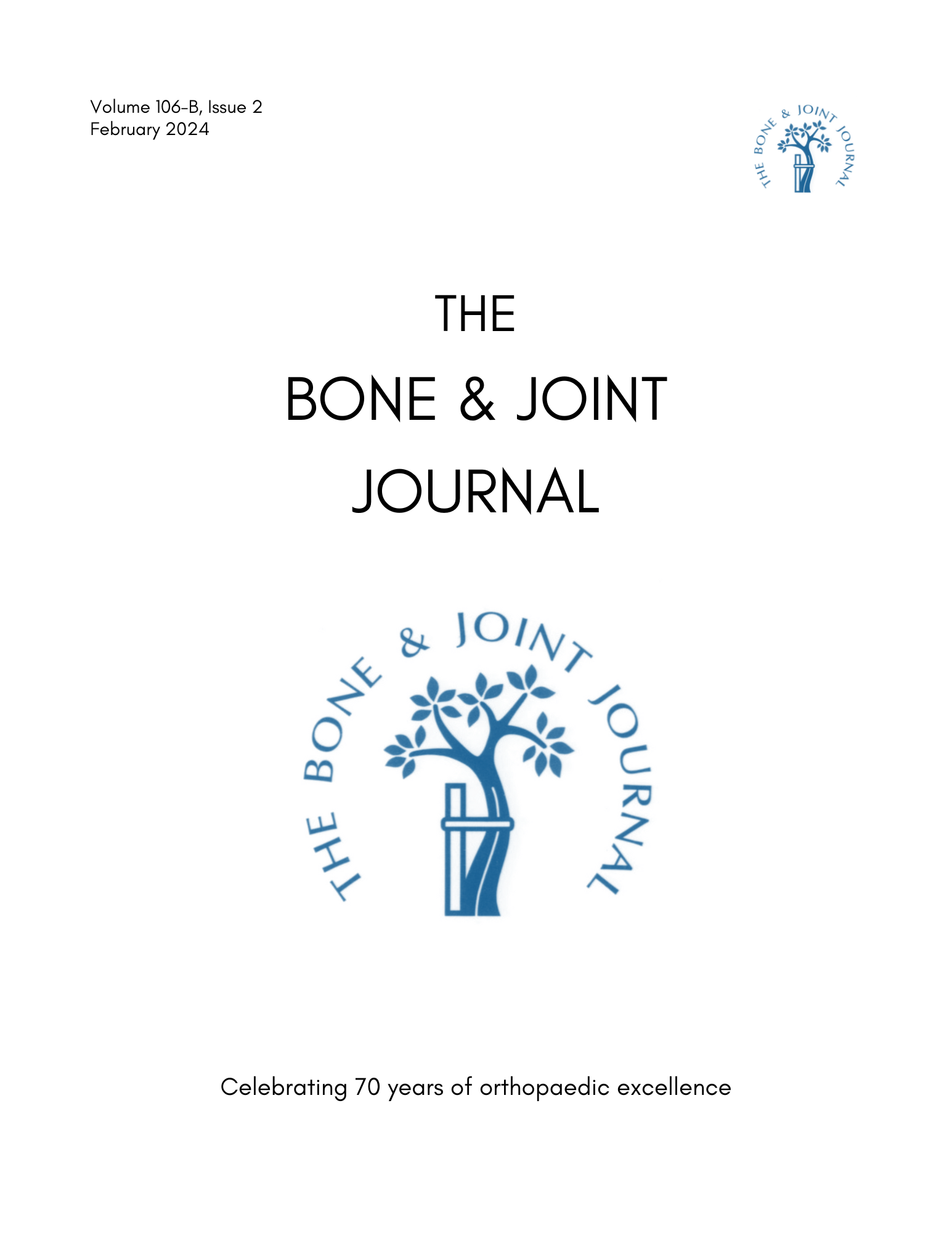
Comparison of radiological alignment between MRI- and CT-based patient-specific TKA

Comparison of radiological alignment between MRI- and CT-based patient-specific TKA
A radiological analysis of the difference between MRI- and CT-based patient-specific matched guides for total knee arthroplasty from the same manufacturer: a randomised controlled trial
Bone Joint J. 2016 Jun;98-B(6):786-92Synopsis
140 patients with knee osteoarthritis scheduled for total knee arthroplasty were randomized to undergo the procedure with either the use of MRI-based or CT-based patient-specific instrumentation. The purpose of this study was to compare the rate of radiographic outliers in the coronal and sagittal planes, as well as the accuracy in predicting component sizing between groups. The results demonstrat...
To view the full content, login to your account,
or start your 30-day FREE Trial today.
FREE TRIAL
LOGIN
Forgot Password?
Explore some of our unlocked ACE Reports below!

Learn about our AI Driven
High Impact Search Feature
Our AI driven High Impact metric calculates the impact an article will have by considering both the publishing journal and the content of the article itself. Built using the latest advances in natural language processing, OE High Impact predicts an article’s future number of citations better than impact factor alone.
Continue



 LOGIN
LOGIN

Join the Conversation
Please Login or Join to leave comments.